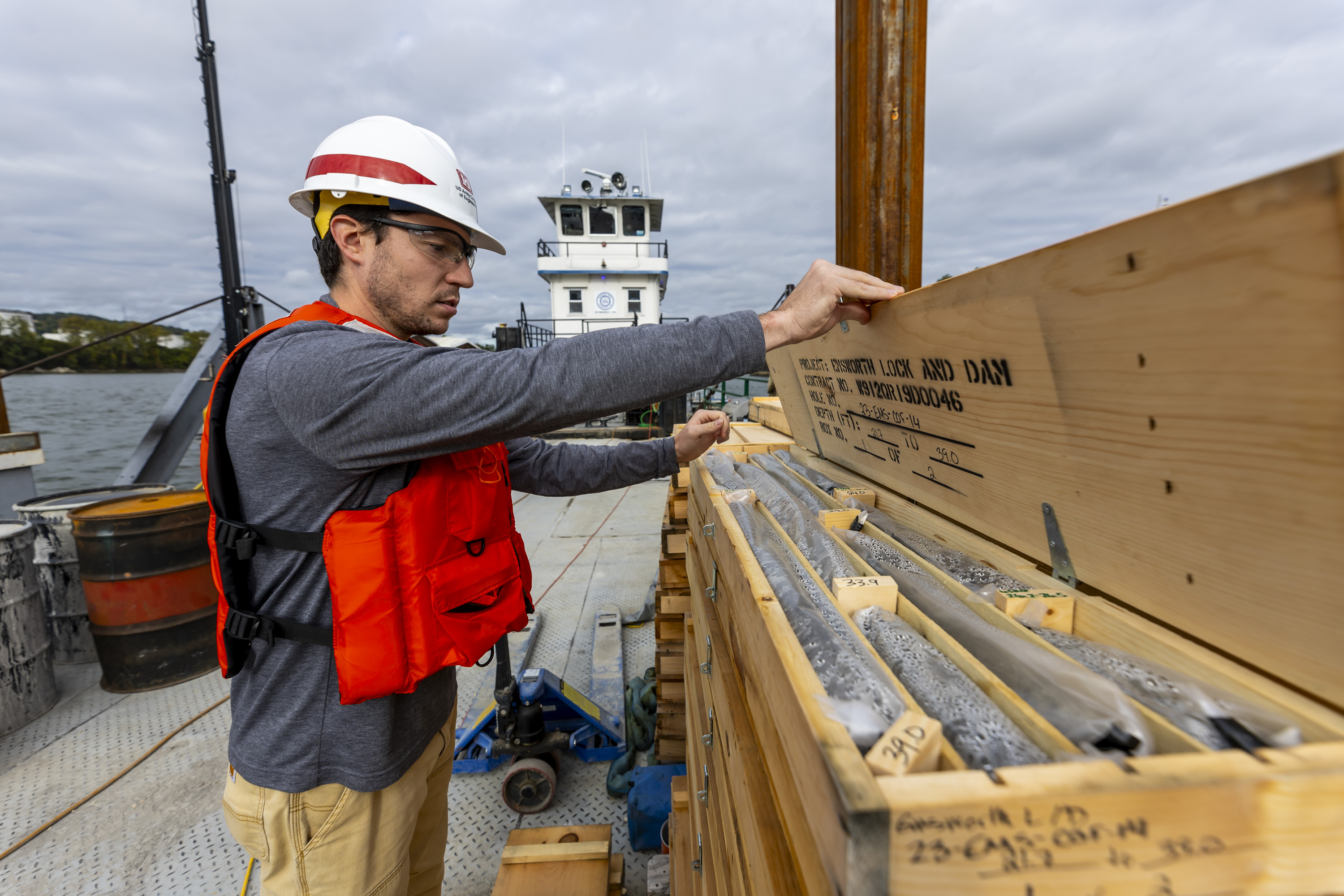Consulting Engineers: Specialized Engineering Providers for Numerous Fields
Consulting Engineers: Specialized Engineering Providers for Numerous Fields
Blog Article
How Consulting Civil Engineering Firms Contribute to Effective Job Monitoring and Layout Execution
Consulting civil engineering firms are essential to the success of construction projects, combining technical proficiency with critical oversight. By focusing on layout optimization and danger mitigation, these companies guarantee that projects are not just feasible but also lasting and economical.
Duty of Civil Designers
Comprehending the function of civil engineers is important for the effective monitoring of building projects. Civil designers act as the backbone of framework growth, making sure that tasks are created and implemented to meet sustainability, safety, and capability requirements. Their proficiency incorporates various elements of design, including architectural, environmental, and geotechnical specializeds.
Civil engineers are accountable for conducting usefulness researches, which evaluate the stability of suggested tasks by examining economic, technical, and ecological factors. They develop detailed blueprints and specifications, incorporating cutting-edge solutions to enhance products and sources. During the building and construction phase, civil engineers manage the task, teaming up with specialists, engineers, and stakeholders to make sure adherence to design specs and regulative needs.

Task Preparation Strategies
Effective job preparation approaches are vital for guaranteeing that building jobs are carried out efficiently and successfully. Consulting civil design firms play a critical duty in this process by utilizing comprehensive planning techniques that address various job stages. Originally, a comprehensive evaluation of job scope and customer requirements is carried out, enabling the recognition of critical milestones and deliverables.
Furthermore, these firms make use of devices such as Gantt charts and project monitoring software to create comprehensive timelines, allowing effective scheduling of tasks and source appropriation. This organized technique helps to anticipate possible traffic jams and allocate required resources proactively. Risk management is an additional crucial part; firms perform risk assessments to recognize potential problems that might arise throughout the job's lifecycle, executing reduction methods to reduce disturbances.
In addition, stakeholder interaction is emphasized throughout the preparation stage. Routine interaction with clients, specialists, and local authorities makes certain that all events are aligned with job objectives and timelines. By integrating these methods, speaking with civil design firms improve the likelihood of project success, making certain adherence to budget restrictions and governing needs while fostering a collective setting.
Design Optimization Techniques
Style optimization strategies are necessary for boosting the efficiency and sustainability of civil engineering jobs. These methods include the organized evaluation of design parameters to accomplish the ideal possible outcomes while reducing costs and resource usage. moved here By using innovative computational devices and algorithms, engineers can evaluate different style choices and pick one of the most reliable options based upon particular job standards.
One widely used approach is parametric design, which enables the manipulation of design variables to observe their impact on total task efficiency. This repetitive procedure causes ingenious options that not just satisfy useful needs however also stick to environmental criteria. Additionally, techniques such as worth design concentrate on optimizing project components to take full advantage of value while minimizing unneeded costs.
Additionally, the combination of Building Details Modeling (BIM) assists in far better cooperation among stakeholders, enabling real-time adjustments and enhancements to designs. This holistic sight promotes a detailed understanding of the project, leading to notified decision-making. Ultimately, reliable style optimization techniques cause enhanced project timelines, decreased waste, and boosted structural efficiency, contributing to the total success of civil engineering undertakings.
Danger Management Techniques
Risk monitoring methods are crucial in making certain the successful shipment of civil engineering jobs, as they aid determine, analyze, and reduce possible dangers that can affect task outcomes. Reliable risk management is an organized process that includes the recognition of risks, examination of their likelihood and effect, and the growth of strategies to address them.
Consulting civil engineering companies normally use a combination of measurable and qualitative threat assessment methods (geotechnical engineering companies in south africa). Qualitative approaches, such as brainstorming sessions and skilled meetings, aid collect insights on potential risks from different stakeholders. On the other hand, measurable strategies entail analytical evaluation and modeling to determine the probability and prospective influence of recognized threats
Once risks are evaluated, firms carry out mitigation techniques, which may consist of risk evasion, decrease, transfer, or approval. This could include revamping task parts to remove threats or securing insurance to counter possible monetary losses. Continuous tracking and testimonial of threats throughout the project lifecycle are also crucial, permitting for timely changes to risk administration techniques as new threats arise.
Collaborative Interaction Practices
Enhancing project end results through joint communication practices is vital for speaking with civil engineering companies. Efficient communication cultivates a culture of transparency and trust fund review amongst stakeholders, which is essential for the effective execution of design tasks. By applying structured communication channels, firms can guarantee that all celebrations-- customers, service providers, and group members-- are straightened on job timelines, deliverables, and objectives.
Normal meetings, both informal and official, facilitate the exchange of concepts and feedback, permitting real-time analytic and decision-making. Making use of collaborative tools such as project management software motivates documentation and tracking of progression, while making it possible for immediate accessibility to vital details.
Moreover, energetic listening and open dialogue are essential elements in a joint atmosphere. By valuing diverse viewpoints, companies can innovate and adapt styles that fulfill both technical demands and customer expectations. Furthermore, fostering a team-oriented atmosphere decreases misunderstandings and raises the total top quality of work.

Conclusion
In final thought, seeking advice from civil engineering companies are essential to effective project monitoring and layout application. Eventually, the competence and methodologies check over here made use of by consulting civil designers significantly add to attaining job goals while minimizing costs and taking full advantage of source usage.

In verdict, getting in touch with civil design firms are integral to effective project management and style application.
Report this page